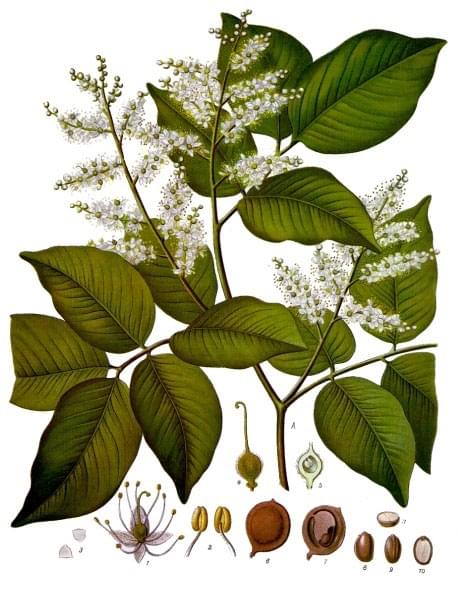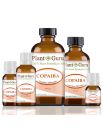Copaiba Essential Oils
Though typically used in varnishes or in lacquers, this essential oil is, in reality, one of the greatest anti-inflammatory substances known to mankind. A South American tree produces sap which is where copaiba essential oil is derived from through a distilling process. Once the distilling process is completed, the resulting product has an aroma similar to that of a balsam tree, is marginally bitter to the taste, and has a pale yellow appearance. Individuals wishing to blend copaiba oil with other essential oils can try frankincense, vanilla, sandalwood, chamomile Roman, and black pepper for starters.
Overall Benefits of Copaiba Essential Oils
- Useful for their antibacterial and general analgesic properties
- Have eased discomfort caused specifically by migraines or general headaches
- Have been known to relieve symptoms associated with respiratory issues or congestive problems
- May lessen the appearance of pimples, marks, blisters, and wrinkles
- Can aid in the prevention of heart disease and assist in lowering blood pressure
- Help detoxify and cleanse the body through the stimulation of urination
- Are effective in treating nail fungus and athlete’s foot
- Fight against aging by strengthening skin against wounds or lesions
Uses for Copaiba Essential Oils
Aromatherapists use this essential oil to improve mood and lighten the spirits by removing anxiety. They report significant improvement through gentle effects on the body’s hormonal balance thanks to the pleasant, sweet smell of rich honey. In addition to the above mentioned anti-aging factors, these essential oils have also been known to improve the appearance of scars and other blemishes.
Precautions
Other than rare stomach irritation (mild), no harmful or unpleasant side effects have been reported after the use of this specific essential oil. Individuals that have had problems with the general use of essential oils should speak to their physician before using copaiba.


